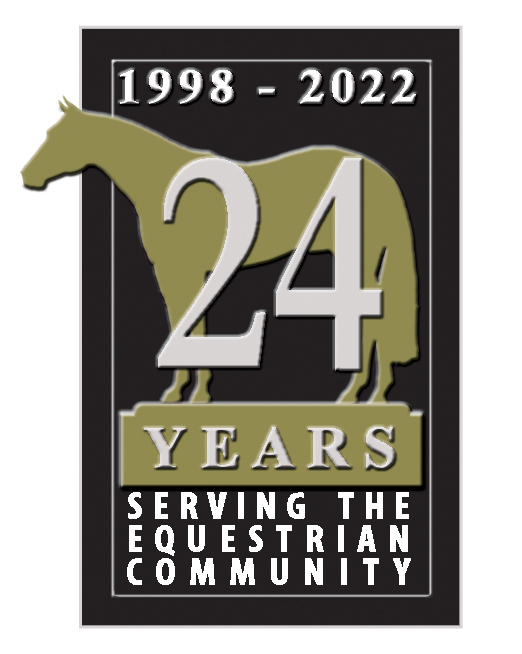Pet Talk – Canine Aggression
December 11, 2009Each and every puppy is born with its own unique personality, just like humans. Some are outgoing, some are shy, some will love you unconditionally, and some are angry and aggressive. Canine aggression does not necessarily come from an abusive past, but is usually a part of the animal’s personality. Animal aggression is a big issue for families who have small children in the home, because an aggressive pet can be especially dangerous to children. There are several different types of aggression of which pet owners should be aware.
Dog aggression in the United States is hard to determine because a majority of the incidents go unreported. It has been estimated that numerous dog bites occur monthly. Aggression is the most frequent reason that dogs are relinquished to shelters and that owners seek advice from veterinarians
“Canine aggression can be catalogued in different forms,” said Dr. M.A. Crist, clinical assistant professor at the Texas A&M College of Veterinary Medicine & Biomedical Sciences. “Aggression might be fear related, and focused at a group of unfamiliar people including dogs, children, veterinarians, or certain events. Conflict aggression is used to describe conflict that a dog experiences that will result in aggression. For example, if a dog is lying on a sofa and the owner tries to get the dog off the sofa, a conflict may arise. The comfortable spot is a resource the dog is protecting and responding to the owner’s demand is the conflict. The owner becomes more confrontational and the dog may become more threatened and resort to aggression to resolve the conflict. Territorial aggression can elicit aggressive behavior, this may be seen where the dog has territorial boundaries such as fences, doors, cars and yards. Pain related aggression can be shown with the anticipation of pain or a painful insult. This can be an act of guarding a painful limb or self preservation and can be secondary to anxiety. Maternal aggression is protecting offspring against threatening incidents. Predatory aggression is associated with the act of chasing, capturing, killing and sometimes consuming the kill.”
Some signs of fear related aggression can include certain postures such as ears pulled back, tucked tail, active retreat, and raised hair on the back of neck or dorsum. These may occur before, during or after the event that triggers the aggression. A predatory aggression chase is targeted toward squirrels, cats and fast moving objects like bicycles, joggers and sometimes cars. Status related aggression may result in aggression over resources.
Pet owners should not breed dogs with heritable tendencies of aggression. Canine aggression must be managed properly to help prevent further aggressive tendencies. The veterinarian’s role should include intervention advice and to help establish a diagnosis if the aggression is either abnormal behavior, or normal behavior that is unacceptable.
“Some of the types of aggressions discussed may respond to management and behavioral modification” said Crist. “Some may require additional therapies such as pheromones or drug therapy prescribed by a board certified veterinary animal behaviorist. Aggression can be inherited, but many aggressive responses are fear based and continuous socialization might be preventive against the development of aggressive behavior. Medical problems and chronic diseases can contribute to pain and aggressive responses. These medical issues may be controlled, but the aggression may still remain due to learning, fear or anxiety. Some studies have shown low serotonin levels are correlated with increased aggressive behavior.”
The first step in training is to provide safety from the aggressive pet by separating it from the individuals. The correct uses of leashes and head collars, under the direction of a boarded veterinary animal behaviorist, are used to create a safer situation. Try to keep the pet away from its aggression triggers, or block visual access of them.
“Behavioral modification is not a simple obedience task,” said Crist. “It is attempting to change an unwanted behavior with calm verbal commands. The idea is to change the pet-owner relationship to have a command-response relationship. The dog is to earn all things by performing a command to gain access to food, play, attention, and any other activities. Owners should never reach for an aggressively aroused pet, but should leave the room until the dog returns to normal non-aggressive state. These techniques take time and lots of commitment. Serotonin drug therapy or synthetic dog appeasing pheromones may be prescribed by a boarded veterinary animal behaviorist to help treat underlying anxiety and fear components.”
ABOUT PET TALK.
Pet Talk is a service of the College of Veterinary Medicine & Biomedical Sciences, Texas A&M University. Stories can be viewed on the Web at www.cvm.tamu.edu/news.
Suggestions for future topics may be directed to [email protected].


